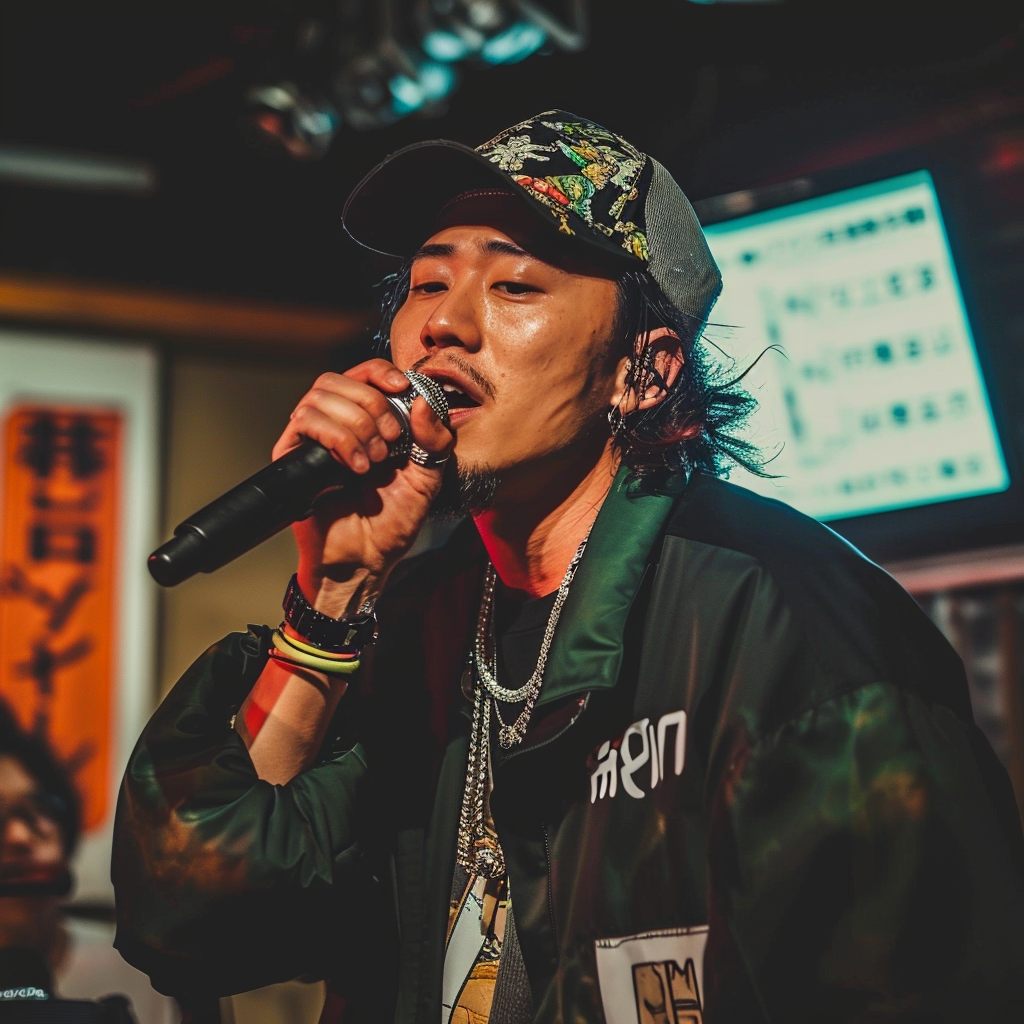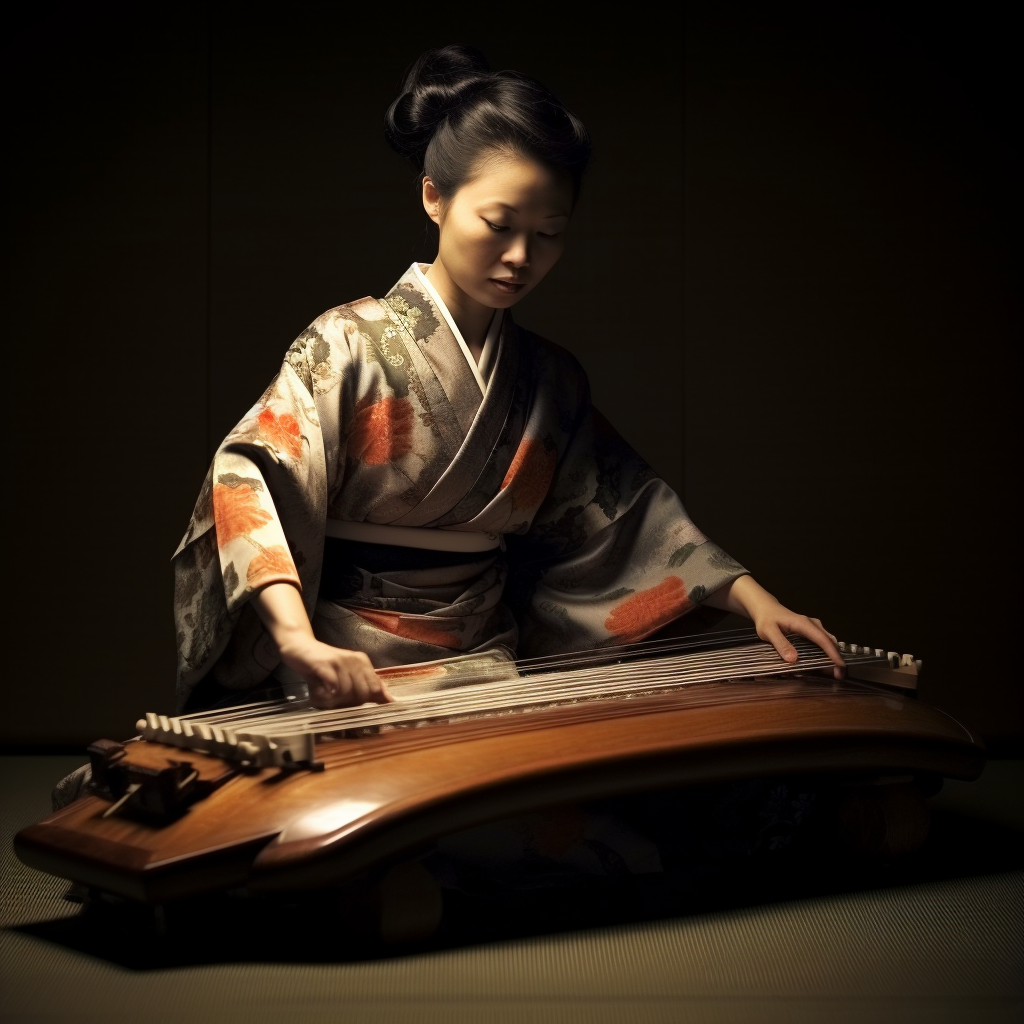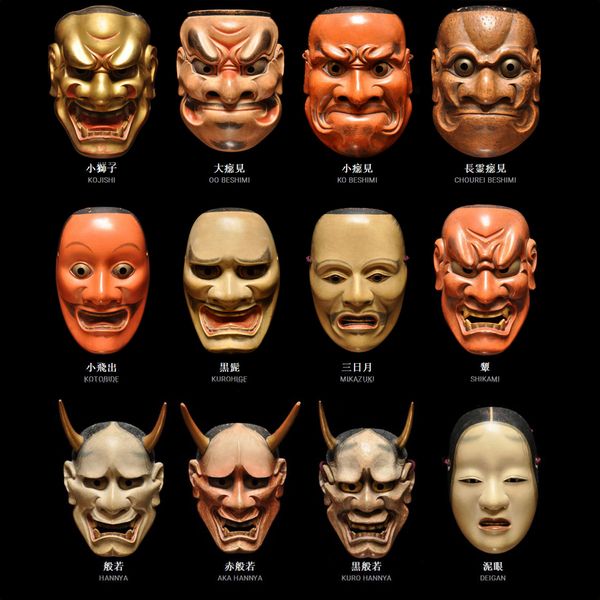The J-Rap (Japanese rap) and Japanese R’n’B have gained popularity over the years. They have become distinct musical genres in Japan. These musical styles have evolved and adapted to reflect Japanese culture while incorporating Western influences. This article will explore the history, evolution and impact of Japanese J-Rap and R’n’B.
The J-Rap and R’n’B: Origins and evolution
Japanese J-Rap and R’n’B have deep roots in the importation of Western, particularly American, music in the 1980s. Early hip-hop and R’n’B influences were introduced in Japan through films, television shows and recordings. Artists such as Sugarhill Gang, Grandmaster Flash, and Michael Jackson contributed to the initial rise of these genres in Japan.
However, the real takeoff of J-Rap took place in the 1990s. The group King Giddra, formed by three members, K-Dub Shine, Zeebra and DJ Oasis, was one of the pioneers of J-Rap. They combined politically conscious lyrics with hip-hop beats. They paved the way for a thriving music scene.
At the same time, Japanese R’n’B emerged with artists like Misia and Hikaru Utada. The latter merged the vocal style and melodic elements of R’n’B with Japanese lyrics. These artists brought a new dimension to Japanese pop music by incorporating R’n’B influences.
The emergence of icons
During the 2000s, J-Rap and R’n’B continued to develop with the emergence of iconic artists. Zeebra, who was already a member of King Giddra, became a central figure in solo J-Rap. He helped popularize Japanese rap internationally by collaborating with foreign artists.
On the R’n’B side, Hikaru Utada has become a true icon, known for her unique style and powerful voice. She not only conquered the Japanese market but also attracted a global audience thanks to English-language albums.
The current scene
Today, the J-Rap and R’n’B scene is extremely diverse, with artists from different musical subcultures. Artists such as Kenshi Yonezu, who blends elements of J-Rap and R’n’B into his pop music, have achieved worldwide fame.
Cross-cultural collaboration has become a defining feature of the Japanese music scene. Japanese rappers and singers regularly collaborate with foreign artists. They thus create a bridge between the Japanese and international music scenes.
The J-Rap and R’n’B: Cultural and social impact
Japanese J-Rap and R’n’B have had a significant impact on Japanese pop culture. These musical genres have provided a platform for the expression of diverse perspectives, from social issues to individual experiences. The lyrics often touched on topics such as society, politics, and personal challenges. This allows listeners to connect with the artists in a deep way.
In conclusion, Japanese J-Rap and R’n’B have evolved from their Western roots to become distinct musical genres that reflect Japanese culture while embracing diversity and innovation. These genres continue to thrive, attracting international audiences and contributing to the richness of the global music scene.



